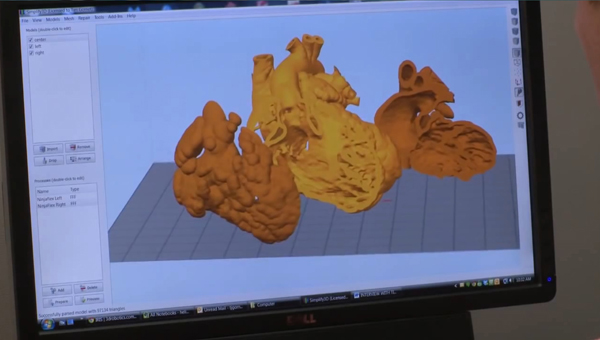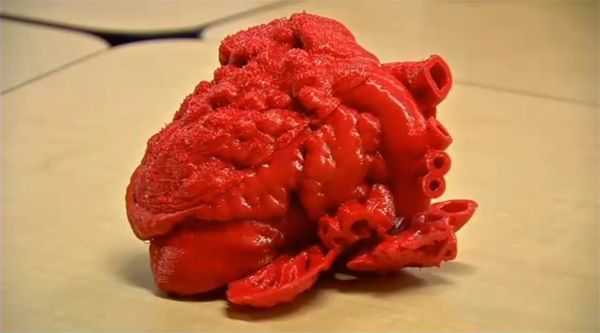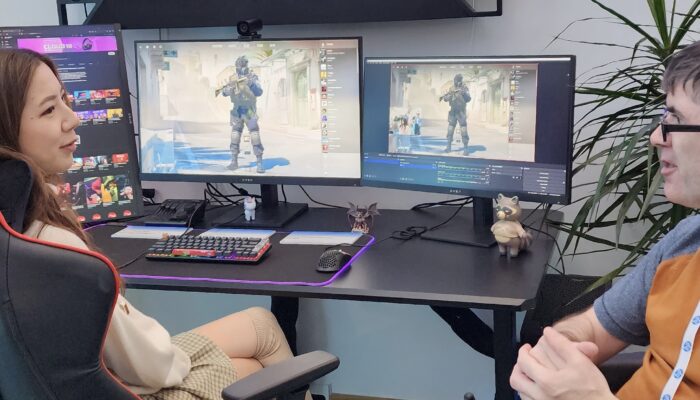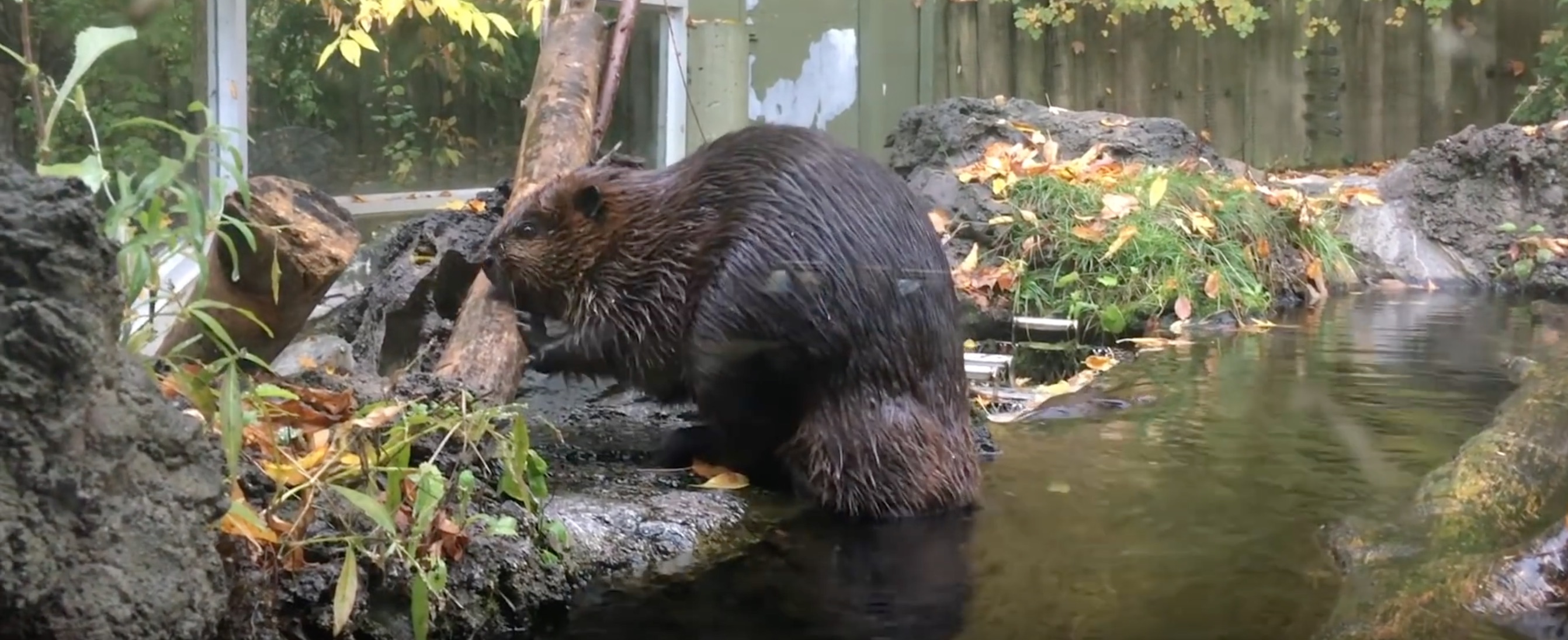Among the trickiest operations they perform at Kosair Children’s Hospital in Kentucky are the ones they eloquently refer to as “children with complicated hearts”. 14 month-old Roland Lian Cung Bawi was born with a rare abnormality where the two main arteries of his heart were connected to the same chamber.
Plotting out the complicated surgery needed proved to be a challenge when scans revealed a lot going with the boy’s heart, creating enough confusion that the surgeon assigned, Dr. Erle Austin, wasn’t confident about the direction to take. He sent the imagery to two consulting cardiologists only to have them offer equally uncertain opinions back.
“Sometimes a surgeon has to guess at which is the right operation. Now, we have good imaging techniques” says Dr. Austin, referring to echocardiography scans, “but sometimes we misinterpret exactly what we’re going to find when we’re actually looking at the heart right in front of us”.
Chief Radiologist Philip Dydynski had a clever idea. He had recently toured the Speed School of Engineering where they were using a 3D Printer to manufacture objects such as car parts and appliance accessories. Could they print off an accurate model of Roland’s heart for Dr. Austin to practice on? This had never been attempted before.
While Dydynski used a combination of CT and MRI scans to render an accurate computer model of the boy’s heart, engineer Tim Gornet sourced a plastic they could use that is similar to muscle and tissue in feel and flexibility.
3D printers create physical objects by printing layers of fast-cooling plastic on top of each other. Composed of 250 such layers per inch, the model Gornet’s team delivered was surprising in accuracy and detail.
“I showed up at his office and he had this beautiful model” remembers Dydynski, “and it was sorta a Eureka moment. I knew Dr. Austin would be pretty excited when he saw that because it was a very accurate reproduction”.
Scaled 50% larger and designed to divide into three cross-sectional views, the model gave surgeon Austin something tactile to hold, to turn about in his hands, and test out with medical instruments.
Professor and surgeon Erle Austin III holds the model heart up at a hospital press conference.
“I knew almost exactly what I needed to do and how I could do it” says Dr. Austin who performed a very successful operation using just one incision instead of the three originally planned.
The hospital says the cost of the heart model worked out to be $600, a value balanced out by the savings of a shorter surgery that meant little Roland spent less time under anesthesia while preventing the need for a follow-up operation.
From the technology perspective, the amazing thing is that this was done not with an industrial 3D printer, but with a MakerBot Replicator 2X, a $2,800 desktop system aimed at the hobbyist market.
The team working on Roland’s case say they are so pleased with the success of the operation and the ease of 3D printing as a technique that they will use it again for other kinds of operations while encouraging other hospitals to adopt it too.
You can listen to my radio series live every Monday on Moore in the Morning at 6:45 am









